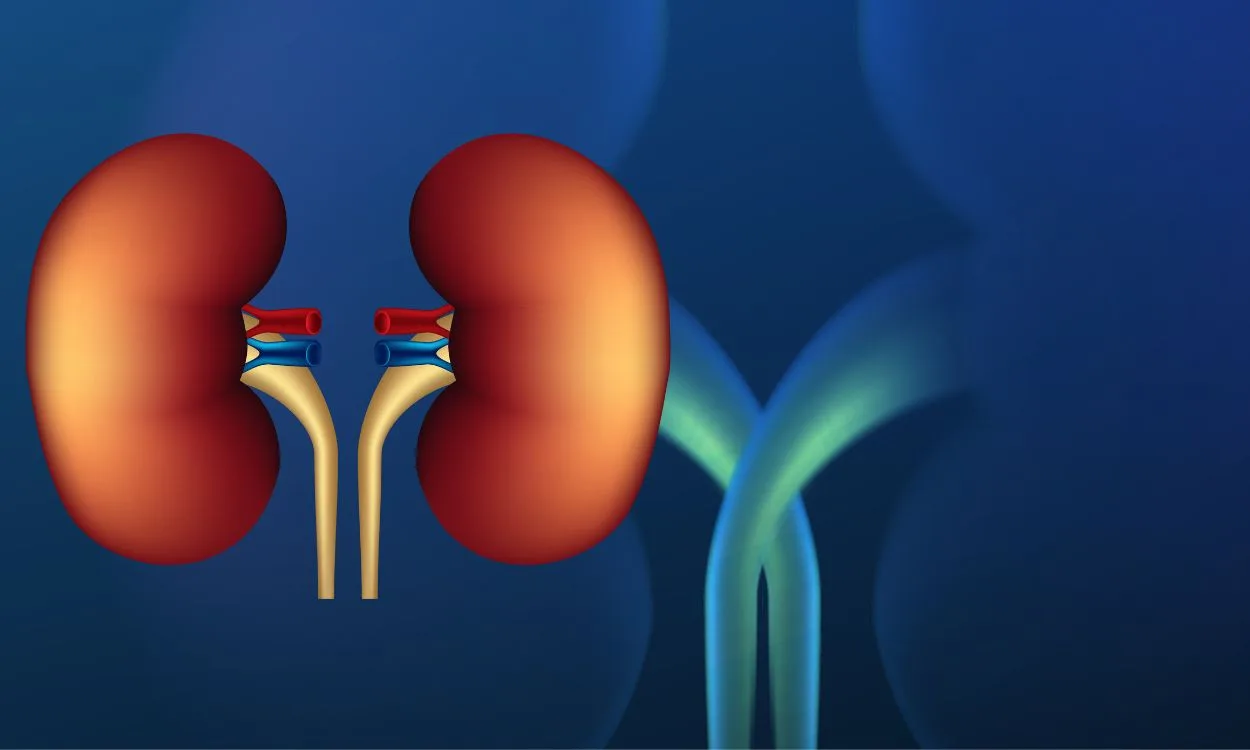What are the Different Stages of Kidney Disease?
Kidney disease, also known as renal disease, is a condition that affects the functioning of the kidneys. The kidneys play a crucial role in filtering waste products and excess fluid from the blood, maintaining the body’s electrolyte balance, and producing hormones that regulate blood pressure. There are different stages of kidney disease, each with its own characteristics and implications. Let’s delve into each stage to understand them better.
Stage 1: Kidney Damage with Normal or Increased GFR
In the initial stage of kidney disease, the kidneys may exhibit some signs of damage, but the glomerular filtration rate (GFR) remains normal or slightly higher than normal. GFR is a measure of how well the kidneys are functioning and how efficiently they filter waste from the blood. In this stage, symptoms may not be apparent, and individuals may not be aware that they have kidney disease. However, early detection and intervention are crucial to prevent further progression.
Stage 2: Mildly Decreased GFR
In stage 2, the kidneys begin to show mild impairment in their function, resulting in a slightly reduced GFR. The GFR typically ranges from 60-89 mL/min/1.73m². At this stage, symptoms may still be absent or minimal, but routine tests may reveal abnormalities in kidney function. It is important to monitor the progression of kidney disease and take steps to manage risk factors to prevent further deterioration.
Stage 3: Moderately Decreased GFR
Stage 3 kidney disease is further divided into two sub-stages:
- Stage 3A: GFR ranges from 45-59 mL/min/1.73m².
- Stage 3B: GFR ranges from 30-44 mL/min/1.73m².
At this stage, the kidneys show a moderate decline in function, leading to a significant reduction in GFR. Patients may start experiencing symptoms such as fatigue, fluid retention, changes in urine output, and high blood pressure. It is important to manage the underlying causes of kidney disease, such as diabetes and hypertension, to slow down the progression of the disease.
Stage 4: Severely Decreased GFR
Stage 4 kidney disease is characterized by a severe decline in kidney function, with a GFR ranging from 15-29 mL/min/1.73m². Symptoms become more pronounced at this stage, including swelling in the extremities, increased fatigue, frequent urination, and persistent itching. Patients may need to undergo dialysis or consider a kidney transplant to manage the condition effectively.
Stage 5: End-Stage Kidney Disease (ESKD)
In the final stage of kidney disease, also known as ESKD, the kidneys have lost most of their function, with a GFR of lower than 15 mL/min/1.73m². At this point, the kidneys are unable to effectively filter waste products and excess fluid from the blood. Patients with ESKD require renal replacement therapy, such as dialysis or a kidney transplant, to survive. Symptoms can be severe and include nausea, vomiting, shortness of breath, and profound fatigue.
It is important to note that the progression of kidney disease can vary from person to person, and early detection and management play a crucial role in slowing down the progression and preserving kidney function. Regular monitoring of kidney function through routine tests is essential, especially for individuals with risk factors such as diabetes, hypertension, or a family history of kidney disease.
Now that you have a better understanding of the different stages of kidney disease, it is important to take proactive steps to protect your kidney health. Download the Fitpaa app to access personalized health and fitness guidance that can help you maintain a healthy lifestyle. Fitpaa offers a range of features, including fitness plans, nutrition tracking, and real-time guidance, to support your health and fitness goals. Take control of your well-being and achieve your goals with the help of Fitpaa’s comprehensive approach to overall wellness.









